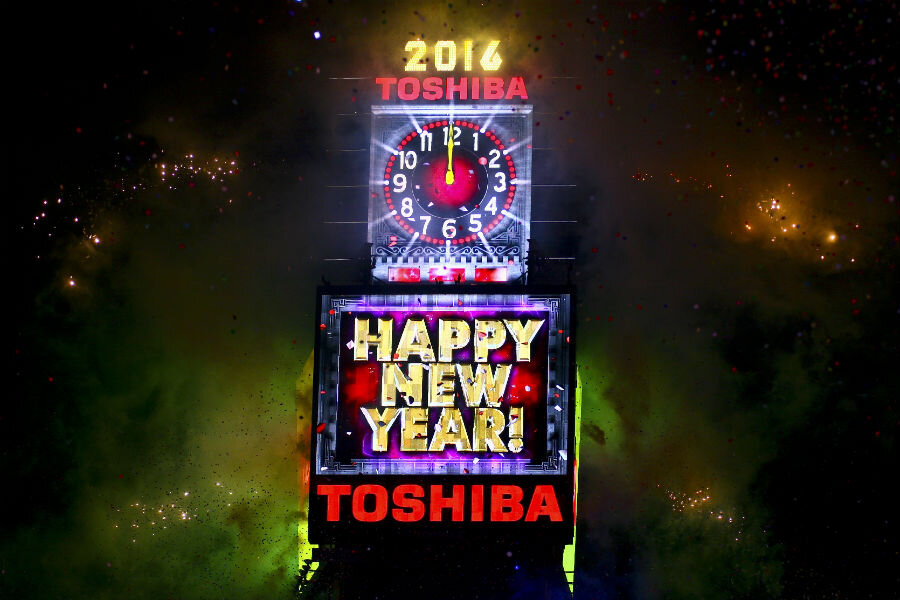Why a ‘leap second’ will make 2016 just a bit longer
Loading...
The year 2016 will be one second longer than most, due to the addition of a "leap second" on December 31, the US Naval Observatory announced Wednesday.
The "leap second" will be added at 6:59:59 Eastern Standard Time, which correlates to 23:59:59 on Coordinated Universal Time (UTC), the standard time around the world.
The extra second will maintain the correlation between the world's two time-keeping systems: the measure of Earth's rotation (UT1), and International Atomic Time (TAI), which is generated using the vibration rate of cesium atoms and which keeps the world's UTC-based clocks ticking in unison.
They're pretty close, but not quite identical, since the Earth's rotation speed can vary slightly in response to climatic and geological events.
In 1987, the International Earth Rotation and Reference Systems Service (IERS) was created to keep tabs on the difference between UTC, atomic clock time, and UT1, solar time. Once in a while, IERS calls for leap seconds to be added to UTC, to keep the two within 0.9 seconds of each other.
The Earth runs about 1.5 to 2 milliseconds behind atomic time each day, based on calculations using Very Long Baseline Interferometry (VLBI), which precisely calculates Earth's rotation with respect to objects near the edge of the visible universe.
Add that up, and it means that the difference between rotational time (UT1) and atomic clock time (UTC) would reach about a second every 500 or 750 days. By inserting leap seconds – just a little more doable than changing Earth's rotational speed – the IERS makes sure that they stay in sync.
In other words, IAT and UTC have been diverging ever since atomic clocks have been used, but by adding seconds to the official time, we keep the sun overhead at noon.
Since atomic timekeeping was put in place, 26 leap seconds have been added to UTC, most recently on June 30, 2015. In 1972, the difference between IAT and UTC was 10 seconds. After the leap second is inserted in December, the difference between them will be 37 seconds.
Improving moments
The National Institute of Standards and Technology, the US measurement authority, has researchers constantly working to increase the precision of atomic clocks. In 2014, NIST announced the launch of a new atomic clock using a "fountain" of cesium atoms to determine the length of a second, called the NIST-F2, which would neither gain nor lose a second in 300 million years.
The previous clock, NIST-F1, had served as the standard since 1999 but was three times less accurate than the newer NIST-2.
Improved timekeeping leads to outside technological innovation, according to NIST physicist Steven Jefferts, lead designer of NIST-F2.
"If we've learned anything in the last 60 years of building atomic clocks, we've learned that every time we build a better clock, somebody comes up with a use for it that you couldn't have foreseen," Dr. Jefferts said in a press release.








